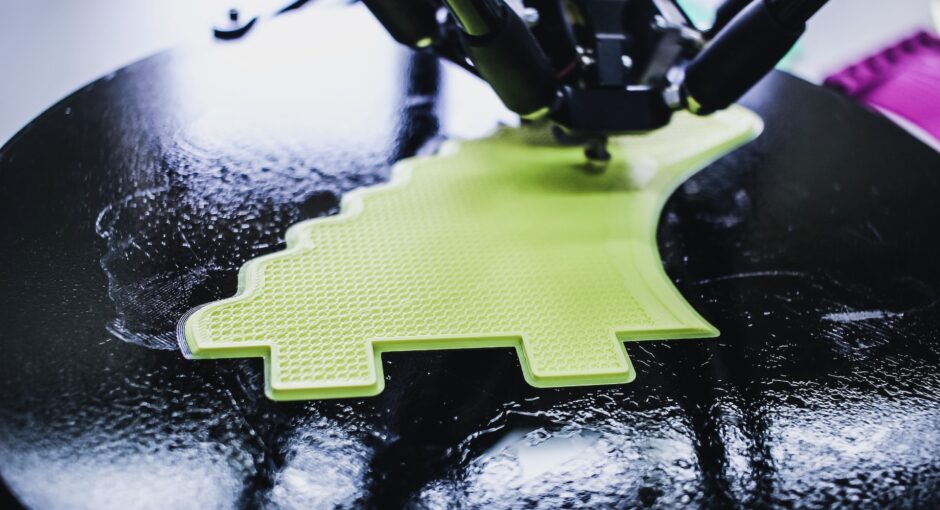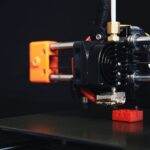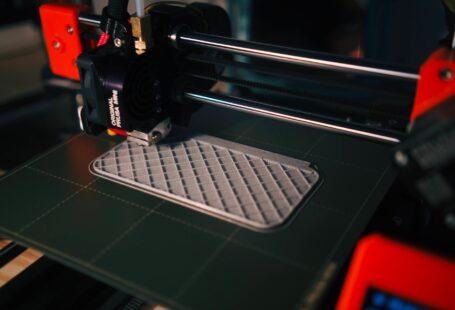The world of 3D printing filaments is vast and ever-changing. New materials are constantly being developed, and each has its own unique properties. Whether you’re looking for a high-performance material for industrial applications, or something more affordable for everyday use, there’s a filament out there for you. But what exactly is in each material? In this article, we’ll explore the different components of 3D printing filaments, and how they affect the properties of the material.
Types of 3D Printing Filament
3D printing filaments come in a wide range of materials, from standard plastics like PLA and ABS, to specialty materials like wood, metal, and even carbon fiber. Each type of material has its own unique properties, and the composition of the filament can have a big impact on the performance of the 3D printed object.
Plastics
The most common type of 3D printing filament is made of plastic. PLA and ABS are the two most popular types of plastic filament, but there are many others available as well. The main components of plastic filaments are the base polymer, colorants, and additives.
The base polymer is the main component of the filament, and is responsible for the majority of its characteristics. PLA is made from renewable plant-based materials, and is often the more affordable option. ABS is petroleum-based, and is generally more durable and heat-resistant.
Colorants are added to the filament to give it color, and they can also affect other properties like strength and flexibility. Additives are also used to improve the material’s properties, and can include things like UV inhibitors, anti-static agents, and flame retardants.
Specialty Materials
In addition to plastic filaments, there are a variety of specialty materials available for 3D printing. These materials often have more complex compositions, and can include things like metals, ceramics, and composites.
Metal filaments are made of a mixture of metal powder and plastic binder. This allows them to be printed on a standard 3D printer, but still have the properties of metal. Ceramic filaments are made of a mixture of ceramic powder and plastic binder, and can be used to create objects with high heat resistance and durability.
Composite filaments are made of a mixture of different materials, like plastic and metal, or plastic and wood. These materials have unique properties that can be tailored to specific applications.
Conclusion
3D printing filaments come in a wide range of materials, each with its own unique properties. Plastic filaments are the most common, and are made from a combination of base polymer, colorants, and additives. Specialty materials include metals, ceramics, and composites, and can be used for more specific applications. Understanding the components of 3D printing filaments can help you choose the right material for your project.





